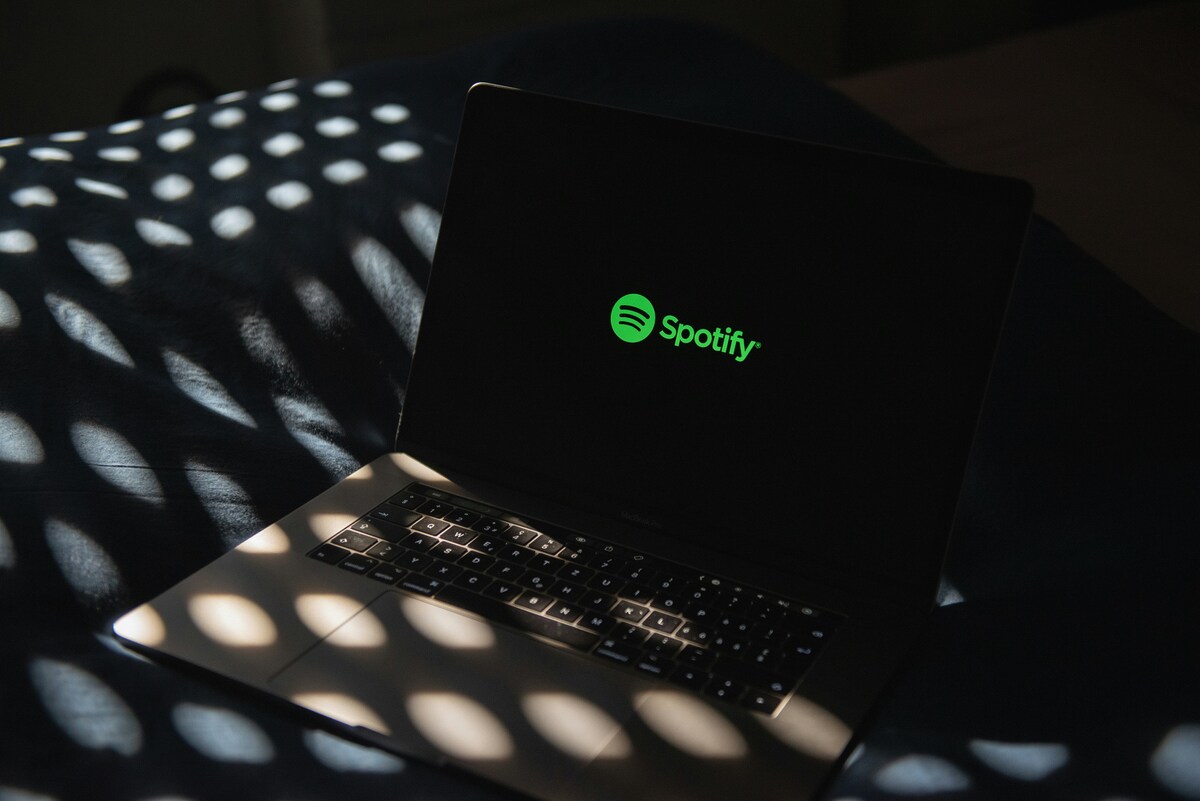Three key takeaways for advertisers from Spotify’s advance event
Spotify just unveiled new updates for advertisers at its Advance event, from AI-generated ads to smarter targeting tools and real-time programmatic buying.
Spotify’s recent Advance event in New York marked a bold step forward for the audio-streaming service as it unveiled new advertising tools and strategies designed to deepen advertiser engagement, streamline campaign creation, and drive measurable results across the platform. From a revamp in ad buying to the integration of AI tools, Spotify made it clear that it’s aiming to redefine how brands connect with listeners.
Here are three takeaways for advertisers from the Spotify Advance event:
1. Spotify Ad exchange (SAX)
One of the standout announcements at Advance was the launch of the Spotify Ad Exchange (SAX). This new programmatic marketplace offers advertisers real-time access to Spotify’s highly engaged, logged-in audience across music, and soon, podcasts.
What makes SAX unique is the combination of Spotify’s scale with deep targeting and measurement capabilities. Through real-time bidding, advertisers can now buy across audio, video, and display formats. This means more flexibility, better control, and the ability to reach Spotify users in the moments that matter. The exchange is already integrated with key partners like The Trade Desk, Google’s Display & Video 360, and Magnite, with Yahoo DSP and Adform integrations coming soon.
SAX reflects a broader trend in advertising: the push toward smarter and more efficient media buying.
2. Creative made easy with Spotify gen AI ads and in-house support
Producing compelling audio content has traditionally been a hurdle for many advertisers, especially those with limited access to resources or no experience in audio production. Spotify addressed this with the introduction of Spotify Gen AI Ads, a new generative AI tool built right into its Ads Manager platform.
With Gen AI Ads, advertisers can quickly generate scripts and AI voiceovers, helping to bring campaigns to life without the need for expensive studio time or voice actors. This tool lowers the barrier to entry, making audio ads more accessible to small and mid-sized businesses while still offering the quality and creativity that Spotify is known for.
In addition to the self-serve tools, Spotify is doubling down on its in-house creative support. Its agencies, Creative Lab and AUX, are available to help advertisers shape standout campaigns that are purpose-built for Spotify’s ecosystem.
3. Measurement that actually means something
In today’s performance-driven marketing landscape, measurement is everything. Spotify knows that, and it’s investing heavily in tools that show advertisers exactly how their campaigns are performing.
One of the key updates announced at Advance is the expansion of Spotify Brand Lift, a first-party tool that helps advertisers gauge brand perception and effectiveness. This tool, now fully integrated into Ads Manager, enables brands to track metrics like awareness, recall, and consideration, all directly tied to Spotify campaigns.
Alongside that is Spotify Pixel, which gives advertisers insights into user behavior on their own websites post-ad exposure. And on the third-party side, Spotify continues to build partnerships with leading measurement firms to ensure advertisers can evaluate outcomes across the funnel, from impression to conversion.
These measurement updates give advertisers the confidence to spend smarter and scale faster.
The updates from Spotify Advance paint a picture of a platform that’s evolving beyond just being a place to stream music and podcasts. With tools that rival major social platforms and the rollout of new AI and measurement solutions, Spotify is positioning itself as a full-fledged ad tech player.
The rise of programmatic tools like SAX means Spotify can now sit comfortably within broader, multi-channel media plans. Meanwhile, the AI-driven creative and stronger measurement capabilities help lower the risk and raise the potential reward of every campaign.
As attention becomes harder to earn and audiences become more fragmented, Spotify’s focus on immersive, personalized audio experiences could be a powerful differentiator. For advertisers, this could be a great time to lean into a platform that is clearly investing in the future of brand engagement.
